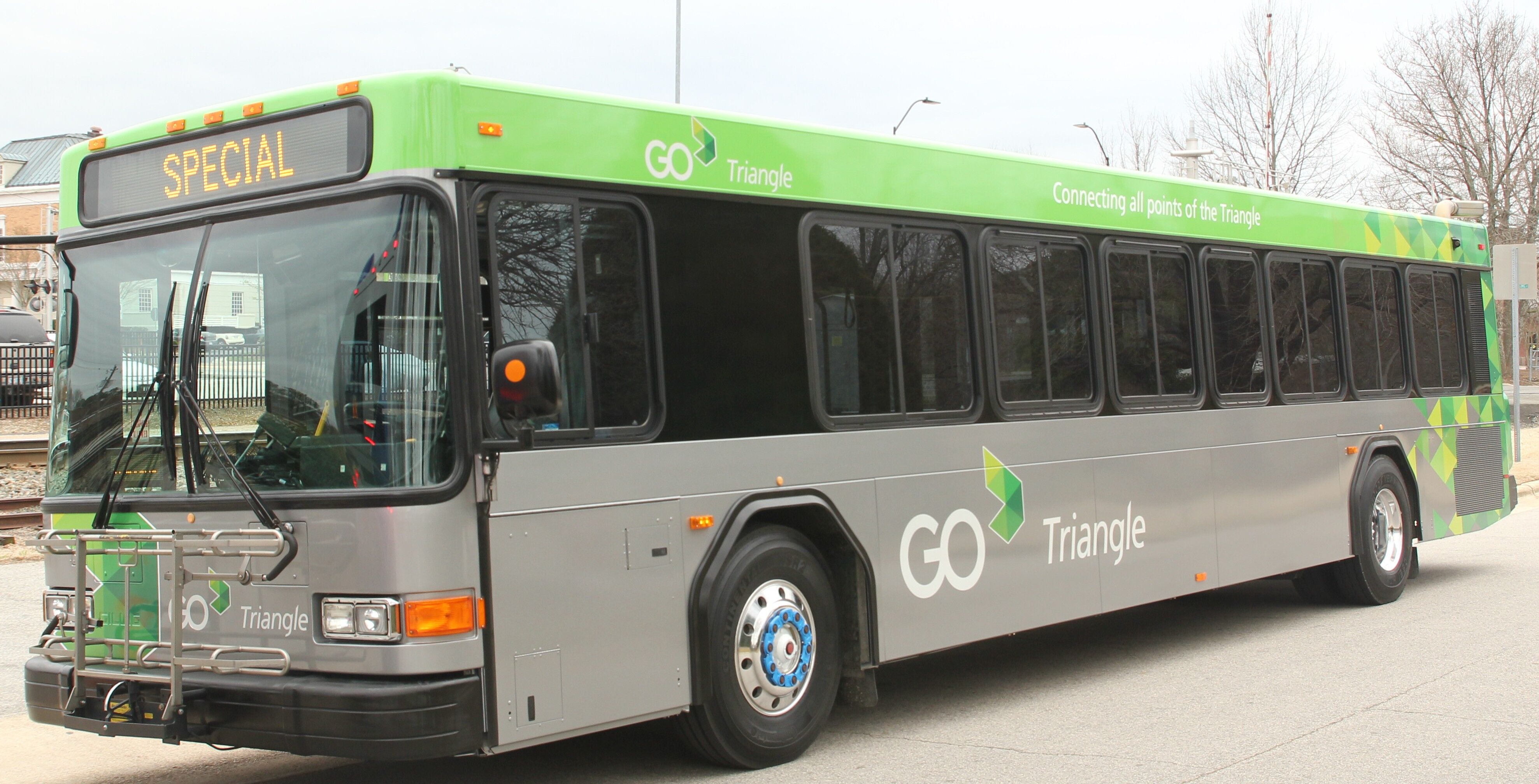AARP Hearing Center
RALEIGH, NC -- North Carolina’s fastest growing demographic group is the 65+ cohort, and two counties in North Carolina are at the vanguard of working to stay ahead of the demographic change. Both Wake and Orange Counties are planning for the future by taking the steps needed to make the counties great places for residents of all ages.
The two counties recently applied for the World Health Organization’s status of “age friendly,” by joining AARP’s Network of Age Friendly Communities. They now join the Town of Matthews in the network as areas in the state where elected officials are determined to plan with older populations in mind.
According to the Administration on Aging, “The proportion of North Carolina’s population that is 60 and older is growing more rapidly than other components of the population. The U.S. Census Bureau estimates that nearly 23 percent of North Carolina’s population will be 60 and older by the year 2030, an increase of more than 26 percent from 2012.”
Great places for all ages
The AARP Network of Age-Friendly Communities helps participating communities become great places for all ages by adopting such features as safe, walkable streets, better housing and transportation options, access to key services, and opportunities for residents to participate in community activities.
Wake County Commissioners’ Transit Chair Sig Hutchinson said, “Well-designed, livable communities promote health and sustain economic growth, and they make for happier, healthier residents — of all ages.”
AARP is working with the Council and other supporters on the “Moving Wake Forward,” transit plan that will increase the frequency and reliability of public transportation. According to AARP North Carolina Director Doug Dickerson, “reliable transportation is one important element that makes a community age friendly.”

What makes communities age friendly
By joining the AARP Network, Wake and Orange Counties have declared their commitment to a continual cycle of improvement in the eight domains the World Health Organization (WHO) has identified as influencing the health and quality of life of older adults:
- Outdoor spaces and buildings
- Transportation
- Housing
- Social participation
- Respect and social inclusion
- Civic participation and employment
- Communication and information
- Community support and health services
Orange County Commissioners Chair Earl McKee explains, “A successful age-friendly initiative is based on collaboration. We are seeking a broad group of stakeholders from non-profit organizations, businesses, government agencies, community partners and, of course age-50+ residents. We will work together to assess our needs and to identify both short and long-term priorities.”
McKee added, “Joining a global network of communities that are committed to giving their older residents the opportunity to live rewarding, productive and safe lives has tremendous social and economic benefits for all.”
An engine for innovation
UNC business professor Dr. Jim Johnson has studied the rapidly changing demographics and encourages communities across the country to plan for an aging population. Johnson recently wrote in a paper, “Between 2015 and 2040, according to the Census Bureau’s National Population Projections, the U.S. total population is projected to increase by 18%--from 321 million to 380 million. During this period, the 65+ population is expected to increase much more rapidly—from 47.8 million to 82.3 million, an increase of 72%.”
“Aging can be, in our view, a new engine for innovation, business development, and employment growth in the U.S. economy,“ Johnson said. “Opportunities abound in this space to support and facilitate healthy and active aging on the one hand and to care for the frail elderly on the other.”
AARP State President Robert Palombo said, “Wake and Orange Counties are leading a trend started by Matthews last year of communities in the state that are preparing for the rapidly increasing number of older adults. By the end of the next decade, 90 of the state’s 100 counties will have more people ages 60 plus, than those 18 and under. How we meet the needs of the changing demographics will determine whether or not the state continues to prosper and grow.”
The AARP Network of Age-Friendly Communities is an affiliate of the World Health Organization’s Age-Friendly Cities and Communities Program, an international effort launched in 2006 to help cities prepare for rapid population aging and the parallel trend of urbanization. The program has participating communities in more than 20 nations, as well as 10 affiliates representing more than 1,000 communities.
In the U.S., 108 communities representing more than 53 million Americans are enrolled in the AARP Network of Age-Friendly Communities. ( The Member List.)































































